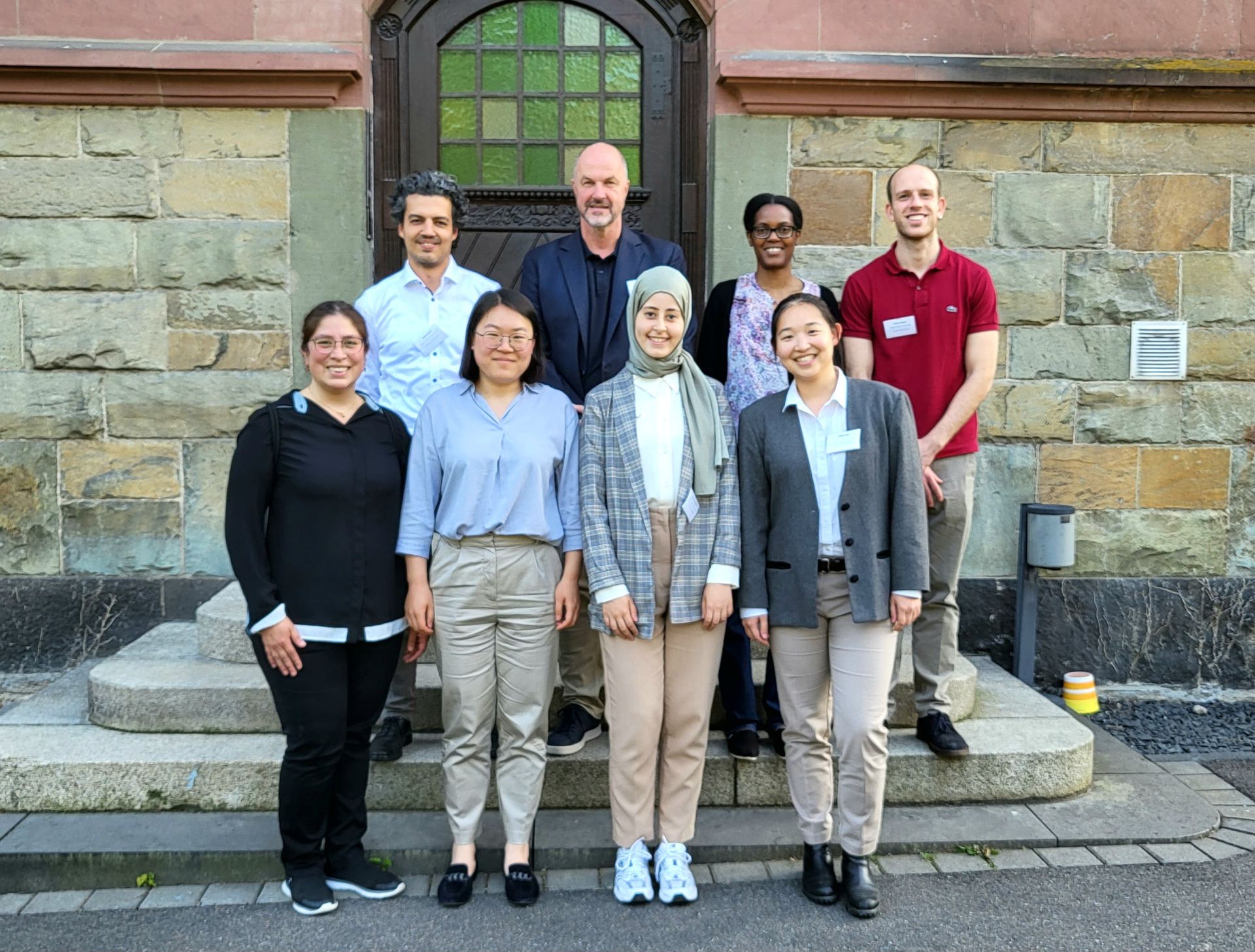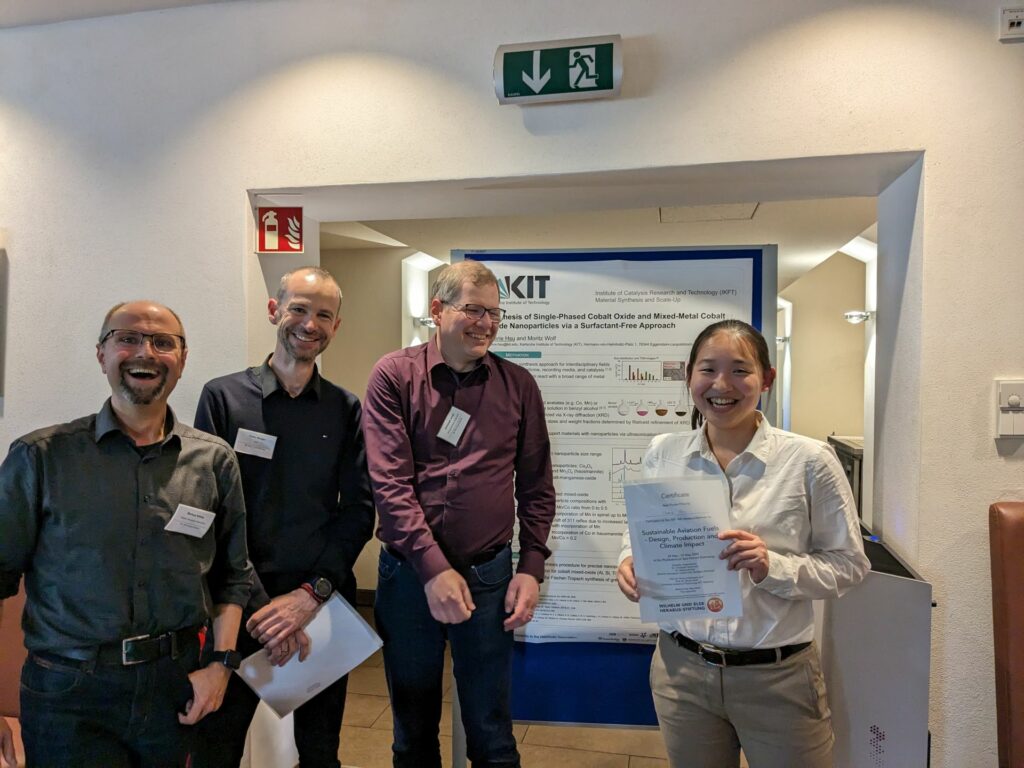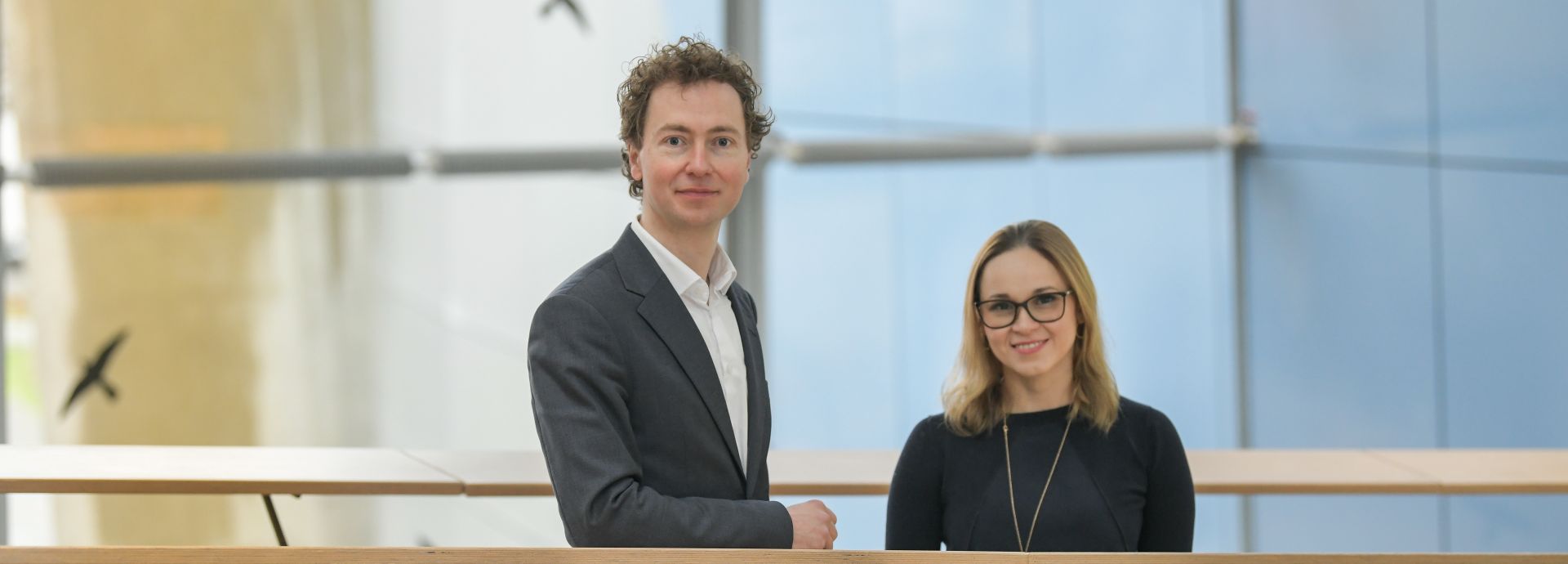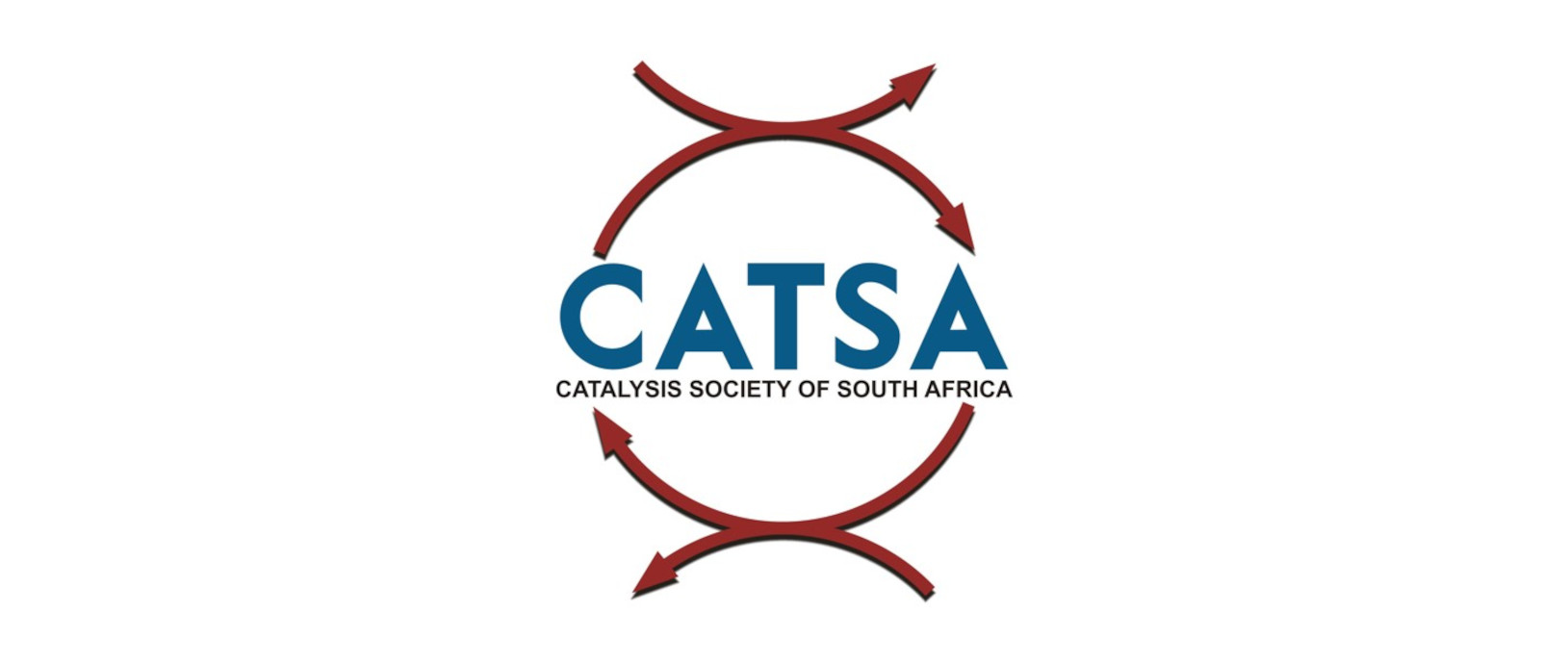CARE-O-SENE opens 789th WE Heraeus Seminar on Sustainable Aviation Fuels
"Sustainable Aviation Fuels – Design, Production and Climate Impact" – this was the topic of the 789th WE Heraeus Seminar hosted by the Wilhelm and Else Heraeus Foundation From 24 to 27 May, experts in their field presented the current status and future developments in the process chain of sustainable aviation fuels – from raw materials to production and actual application.
Some of our partners from the CARE-O-SENE consortium were also present. These included Prof Michael ClaeysUniversity of Cape Town, and co-organiser Prof. Dr Moritz Wolf from the Karlsruhe Institute of Technology (KIT). Dr Denzil MoodleySenior Scientist Research & Technology at Sasol, opened the event with his presentation on the progress of the CARE-O-SENE research project. The aim of the project is to develop and optimise so-called cobalt catalysts. They play a key role in the large-scale production of Sustainable Aviation Fuels (SAF).
Denzil Moodley's presentation focused on work packages 2 and 3. The second work package deals with the structural characterisation of catalyst materials in order to support catalyst development and testing in packages 1 and 3. The third work package aims to produce larger quantities of suitable catalysts. This material will then be used to carry out tests on a larger scale.
In addition, the seminar offered young researchers the opportunity to actively participate in panel discussions and exchange ideas with SAF experts. They also had the opportunity to present their own results in poster presentations. Young CARE-O-SENE partners were also present. Rabia Elbuga-Ilica, Enrico Sireci and Dan Zhao from KIT and Dr Catalina E. Jiménez from Helmholtz-Zentrum Berlin (HZB) Helmholtz-Zentrum Berlin (HZB), among others, prepared posters. Cherie Hsu from KIT was even able to take home the poster prize for her contribution "Cobalt oxide model systems with mixed metals (Mn, Al, Ti) for optimising the sustainable production of aviation fuel by Fischer-Tropsch synthesis".
The Wilhelm and Else Heraeus Foundation is a non-profit foundation for the promotion and education within the natural sciences. More information on the 789th WE Heraeus Seminar is available here: https://www.we-heraeus-stiftung.de/veranstaltungen/sustainable-aviation-fuels-design-production-and-climate-impact/main/

















